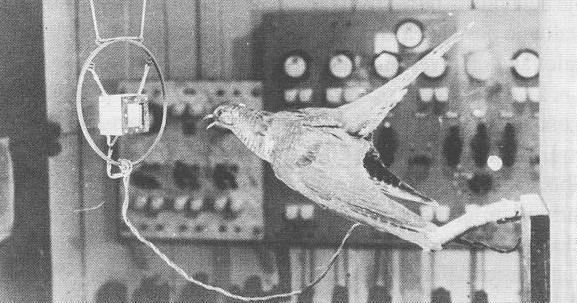When Radio Ljubljana signed on in 1928, it quickly became an important cultural voice that spoke to the people of Slovenia in their own language. For many Europeans, however, it was “the station with the cuckoo.”
At the time, interval signals – short sequences of music or other sounds – were used by radio stations to identify themselves to listeners. Radio Ljubljana’s famous signal – the call of the cuckoo – was devised by the station’s brilliant chief engineer Marij Osana. Based on Osana’s idea, a technician named France Kramar constructed a simple device that generated the bird’s distinctive call. It was an inspired choice – cuckoos are common in Slovenia’s woods and their call is immediately recognizable.
In an era when radio stations were few in number and could be heard across Europe, the cuckoo became one of the most beloved radio signals anywhere. A few stations even imitated the cuckoo call, while many listeners wondered whether Radio Ljubljana had a live cuckoo in its studios.
Those who happened to visit Radio Ljubljana were treated to a unique sight: a taxidermied cuckoo perched in front of a microphone with eyes that glowed red when it sang. The stuffed animal was even featured in a 1933 edition of UK-based Wireless World. Because of the cuckoo’s popularity, one of the publication’s journalists visited the station, discovering simple facilities heated in the cold Slovenian winter by only a few small iron stoves. In a short article, the magazine introduced the small station with the cuckoo to readers who had long been captivated by the distinctive sound from what was then a provincial town in Central Europe.
The stuffed cuckoo is long gone, but the distinctive cuckoo sound survives to this day. It can be heard on Radio Slovenia several times a day.


































































